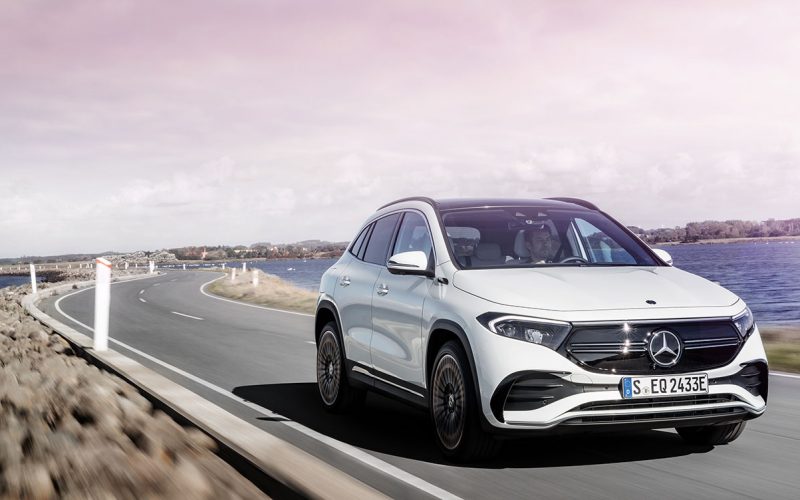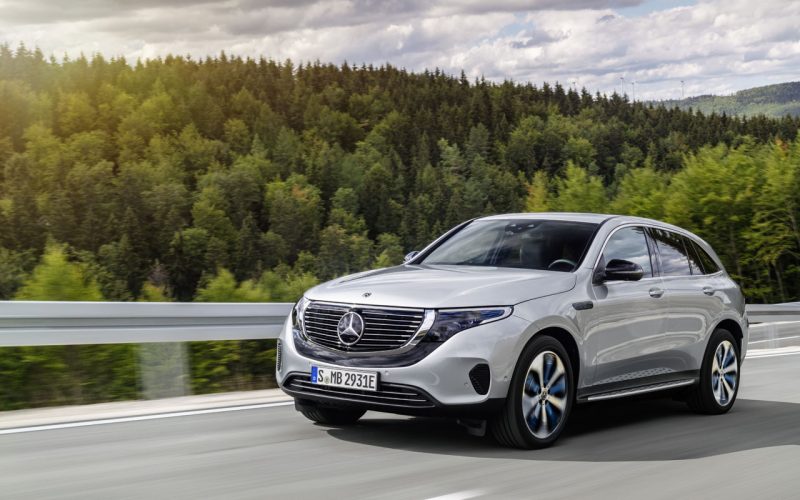
Reading Time: 6 minutesWith the goal of achieving a “Carbon Neutral” model line by 2039, Mercedes continues to expand

Reading Time: 9 minutesWith Tesla hemorrhaging from its inability to hit Model 3 build targets (have you noticed the
© 2025 The Car Magazine. All Rights Reserved, Privacy Policy | Terms of Use